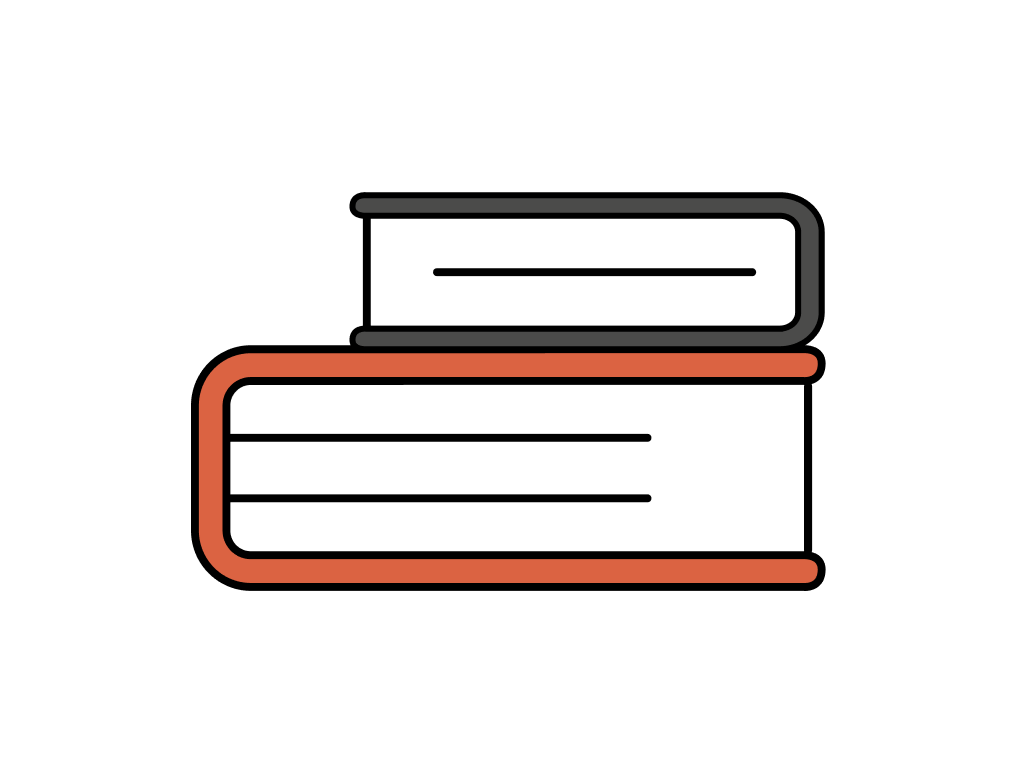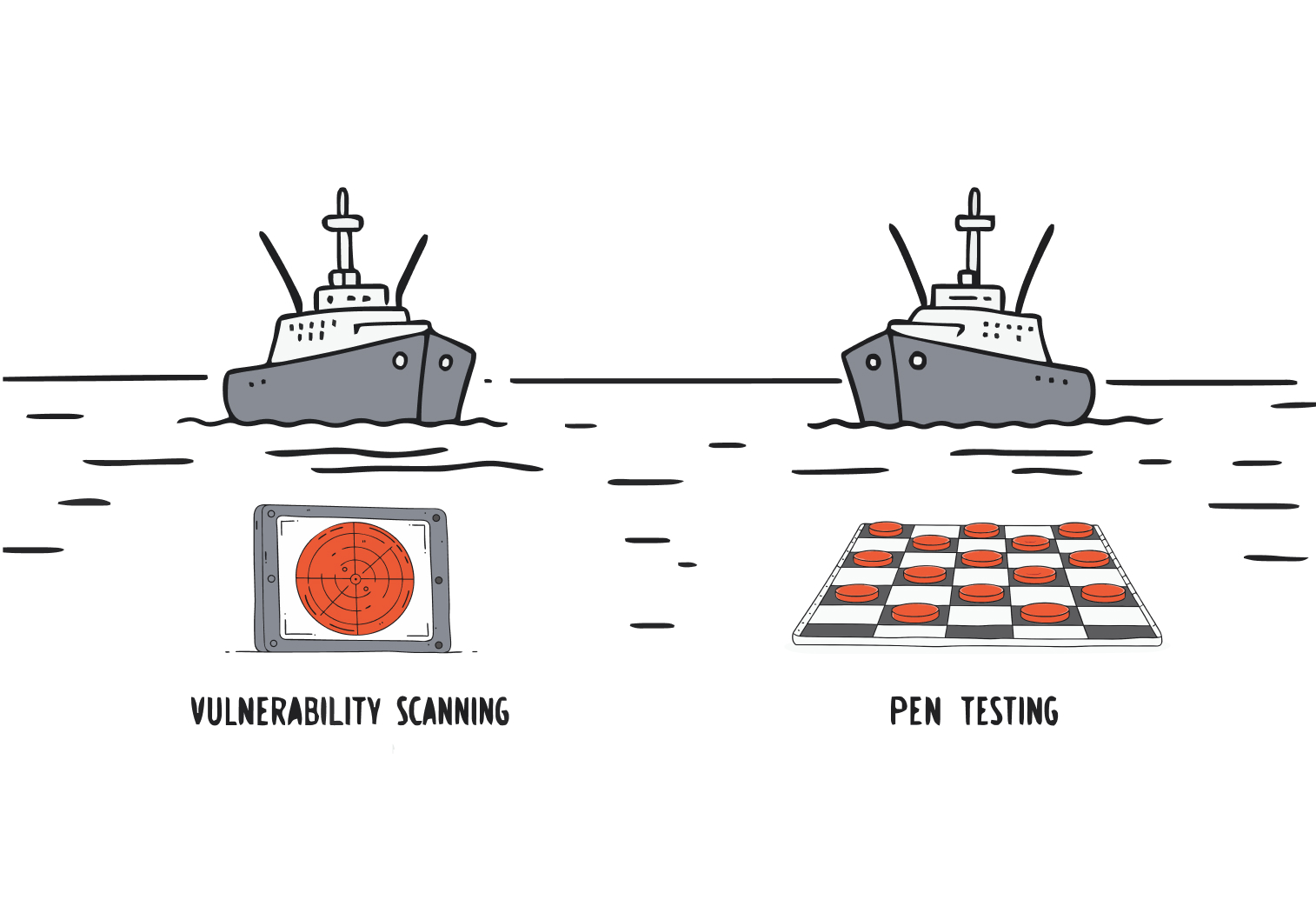I.T. Security Procedures are a set of rules that tell you and everyone else how to keep an organisation’s I.T. systems and infrastructure safe from security threats and vulnerabilities. They might cover a whole bunch of topics – like access control, password management, data security, network security and how to respond to incidents.
The thing is, these procedures are meant to give you a framework for keeping things secure – like a checklist to make sure you’re doing all the right things to keep your I.T. systems and infrastructure safe from threats.
Some examples of I.T. security procedures that might be included in an organisation’s security policy are:
Access control procedures
This is all about who gets to access the organisation’s I.T. systems and networks. It might include things like making sure everyone uses strong passwords, setting up two-factor authentication and making sure only the right people can get to sensitive stuff.
Monitoring equipment and systems are also important for keeping an eye on who’s trying to get into your I.T. resources.
Password management procedures
This is all about creating and managing strong passwords. It might include things like how to make a strong password, how often to change it and how to use password managers to keep track of all the passwords you need to use.
Data security procedures
These rules and guidelines are what keep an eye on how our organisation keeps its information safe from the wrong people looking at it, mucking it about or letting it fall into the wrong hands. Stuff like encrypting data, backing it up regularly, and putting extra measures in place to stop it from getting lost in cyberspace are all part of what we do to make sure we stay safe.
Keeping our portable stuff secure is also a priority – and that includes things like cameras, little computers and PDA’s. We need to be strong on checking storage, like CDs and USB sticks, so our business isn’t compromised by someone rummaging through them.
Cloud Security
As more and more of us are using cloud-based services, we have to think about all the things that can go wrong. Your ICT security policy needs to help us out with that – by telling us how to keep cloud-based data and systems safe and secure. We’re talking access control, encrypting data and making sure we follow what our cloud provider is saying when it comes to security.
Before we commit to a cloud company, we need to look at what they are doing to keep us secure, and make sure it all lines up with what we are doing internally. And then we need to make sure we are monitoring and checking them all the time, to catch any problems before they get too big.
Network security procedures
So, these rules and guidelines are all about making sure our internet connections and our organisation’s networks are secure. It might mean we have to put firewalls up, and put intrusion detection systems in place and do all the other things we can to stop our networks getting hacked to bits.
Incident Response Procedures
In case something bad happens – like a malware outbreak, a data breach or a really nasty computer attack – we need to know exactly what to do. This means we need to know how to spot the problem, report it and deal with it, and then do a post incident review to see what we learned and how we can do a better job next time.
Basically, having ICT security procedures in place is a way for organisations to keep their computer systems and infrastructure safe and sound.
They tell everyone what they need to do, and make sure our ICT systems don’t get hacked or compromised in any way. And of course, if you have any more questions about ICT security, get in touch and we’ll sort you out.





